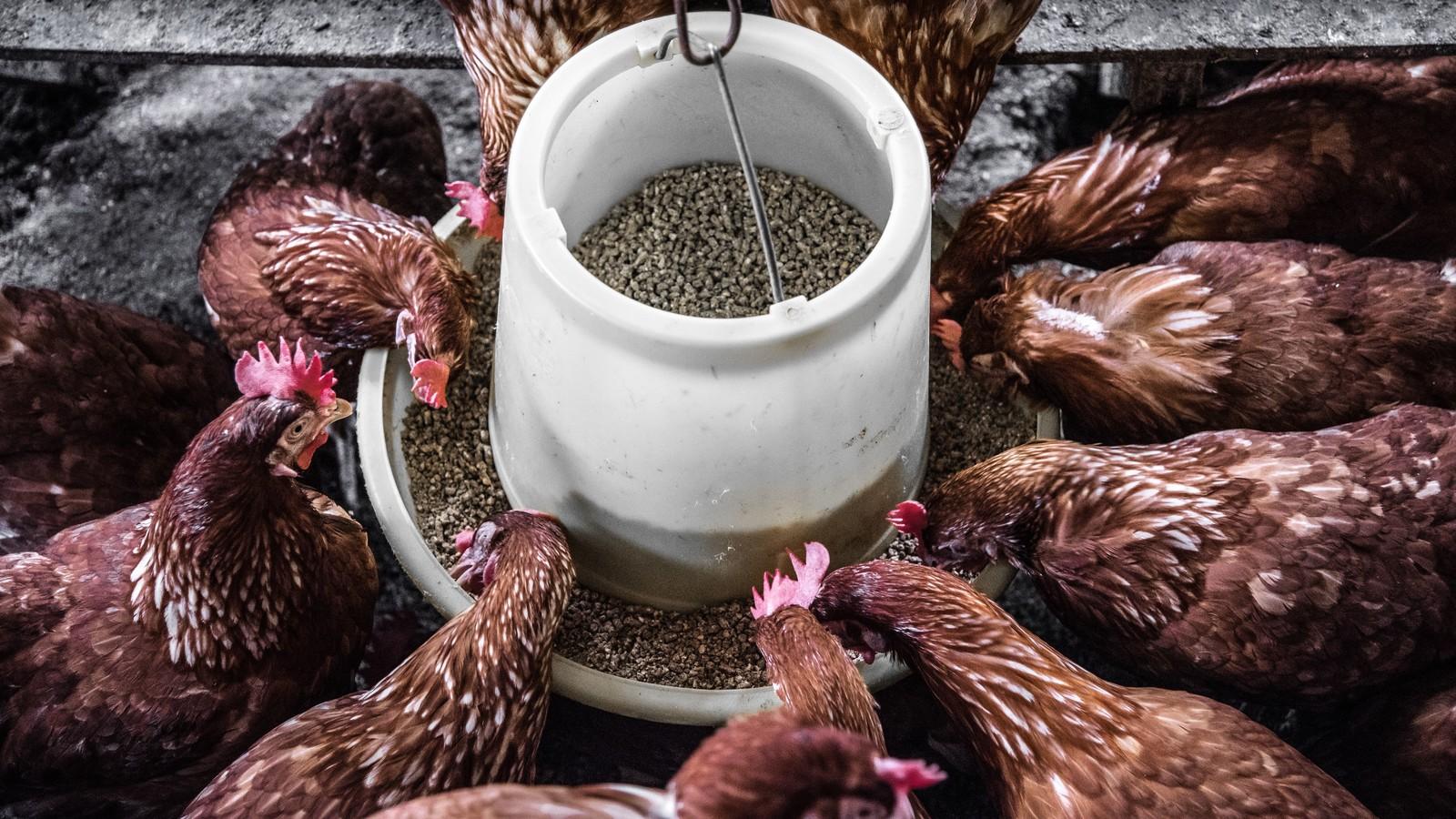Animal Feed Probiotics Market Poised for Expansion with Innovations in Strain Development and Delivery Methods

The global animal feed probiotics market has emerged as a dynamic and essential segment within the broader animal nutrition industry. As livestock producers navigate the intersecting demands of food safety, animal welfare, regulatory compliance, and consumer expectations, probiotics are gaining ground as a natural, effective, and sustainable solution. With global pressure to reduce antibiotic use in animal agriculture, feed probiotics are no longer a niche product they are quickly becoming a standard in modern livestock management.
This blog offers a comprehensive analysis of the animal feed probiotics market, examining its current structure, growth drivers, competitive landscape, and emerging challenges.
Market Size and Growth Trends
The animal feed probiotics market is on a steady upward trajectory, with estimates suggesting a compound annual growth rate (CAGR) of approximately 7–9% through the next five years. The growth is fueled by increased awareness of gut health in livestock, rising global demand for meat and dairy products, and mounting concerns over antibiotic resistance.
While North America and Europe currently lead the market in terms of revenue, Asia-Pacific is projected to be the fastest-growing region. Factors such as the rapid industrialization of agriculture, growing population, and government support for antibiotic-free animal production are contributing to the region’s expansion.
Market Segmentation
By Livestock Type:
-
Poultry: The largest market share, owing to the intensive nature of poultry farming and high susceptibility to gastrointestinal disorders. Probiotics help improve feed conversion ratios and reduce mortality.
-
Swine: Also a major segment, where probiotics are used to manage post-weaning stress and gut health.
-
Ruminants: Increasingly adopting probiotics for better digestion and milk production, particularly in dairy cattle.
-
Aquaculture: A rapidly growing segment, driven by the need to improve water quality and disease resistance in fish and shrimp farming.
By Microorganism Type:
-
Bacteria: Includes species like Lactobacillus, Bifidobacterium, and Bacillus, known for their digestive and immune-enhancing properties.
-
Yeasts and Fungi: Such as Saccharomyces cerevisiae, often used for ruminants due to their role in stabilizing rumen fermentation.
By Form:
-
Dry Form: Most widely used due to ease of storage, transportation, and mixing with feed.
-
Liquid Form: Gaining popularity in certain sectors like aquaculture and poultry, where fast absorption and flexibility are required.
Competitive Landscape
The market is moderately consolidated, with key players holding substantial market shares through extensive product portfolios and global distribution networks. Some of the leading companies include:
-
Chr. Hansen Holding A/S
-
Koninklijke DSM N.V.
-
DuPont (IFF)
-
Evonik Industries AG
-
Novozymes A/S
-
Lallemand Inc.
These companies invest heavily in research and development, aiming to create more targeted and effective probiotic strains for specific animal species and production environments. Strategic collaborations with feed manufacturers, veterinary service providers, and farming cooperatives are common tactics to deepen market penetration.
Regulatory Environment
Regulatory frameworks play a critical role in shaping the market. The European Union has been at the forefront of banning antibiotic growth promoters, setting the tone for global practices. Regulatory authorities such as the U.S. Food and Drug Administration (FDA), China’s Ministry of Agriculture and Rural Affairs, and India’s Food Safety and Standards Authority are also introducing guidelines that support the safe and effective use of probiotics in feed.
However, one of the key challenges is the lack of harmonization in probiotic regulations across countries, which complicates global commercialization and requires region-specific compliance strategies.
Challenges and Future Outlook
Despite strong growth, the animal feed probiotics market faces several challenges:
-
Product Stability: Ensuring microbial viability during feed processing and storage.
-
Efficacy Variability: Performance of probiotics can vary based on species, environment, and diet.
-
Awareness and Adoption: In some regions, lack of technical knowledge among farmers limits market penetration.
Looking ahead, advancements in microbiome research, bioinformatics, and precision livestock farming are expected to redefine the probiotics landscape. Customized probiotic solutions, supported by real-time health data and species-specific microbiota insights, will drive the next phase of innovation.
Conclusion
The animal feed probiotics market is rapidly evolving into a critical pillar of sustainable animal agriculture. With rising consumer awareness, regulatory shifts, and scientific validation, probiotics are not just a trend they are a strategic investment in the future of food production. For stakeholders across the supply chain, staying ahead of market developments and aligning with evolving demands will be key to capitalizing on this high-potential sector.
- Art
- Causes
- Crafts
- Dance
- Drinks
- Film
- Fitness
- Food
- Games
- Gardening
- Health
- Home
- Literature
- Music
- Networking
- Other
- Party
- Religion
- Shopping
- Sports
- Theater
- Wellness


